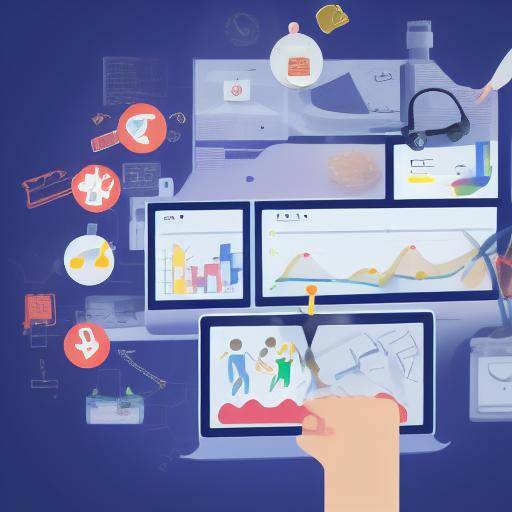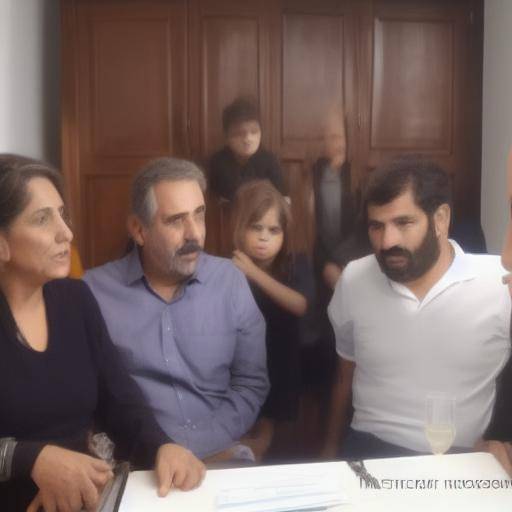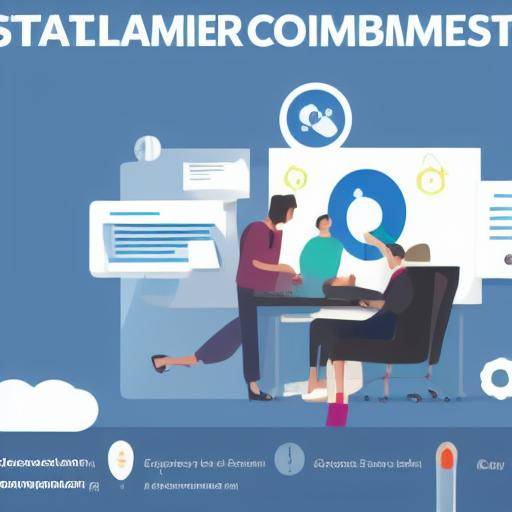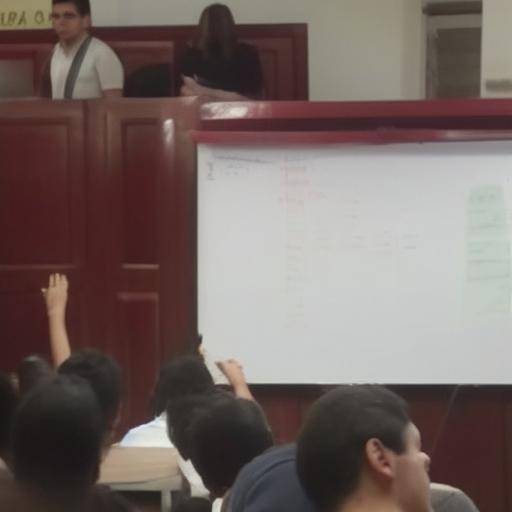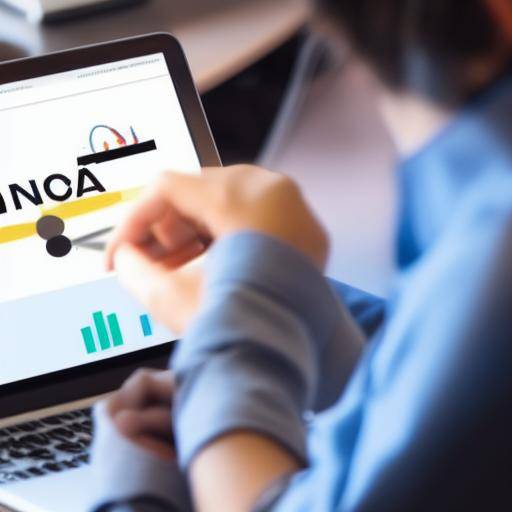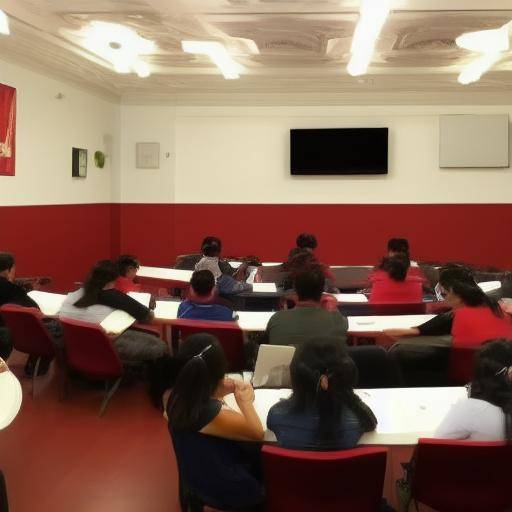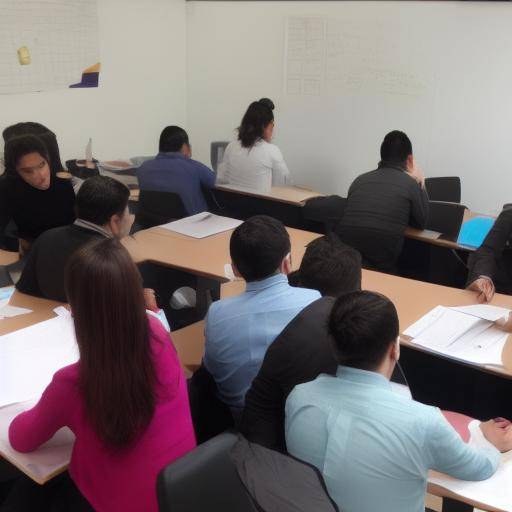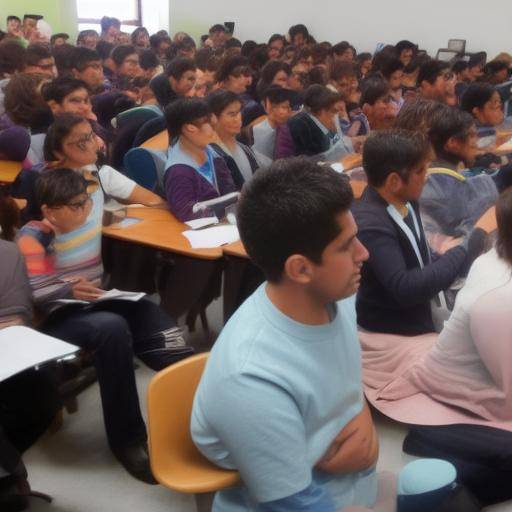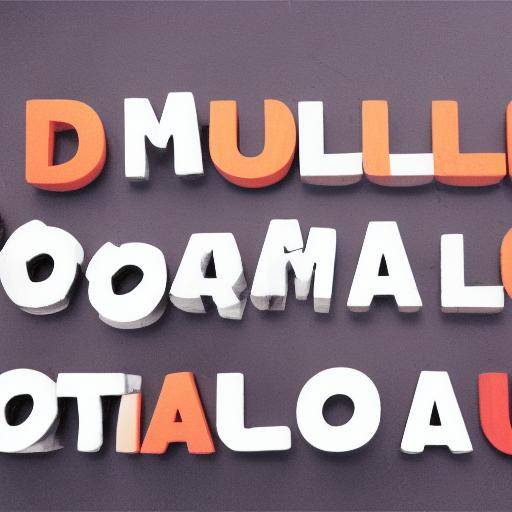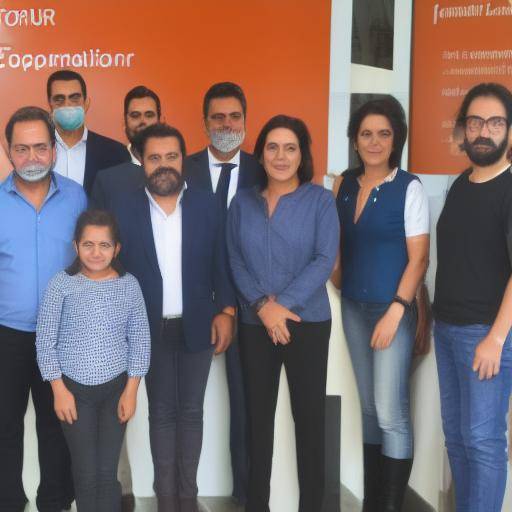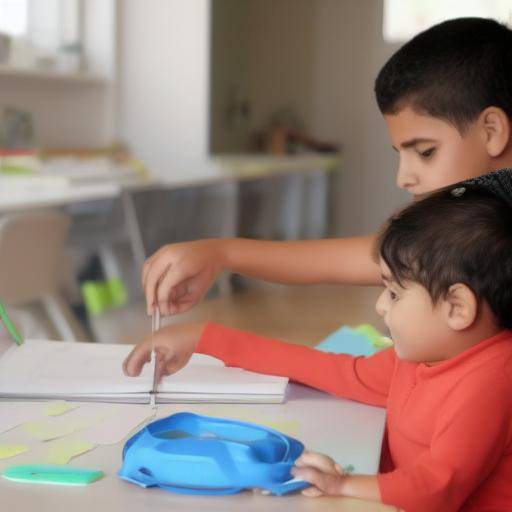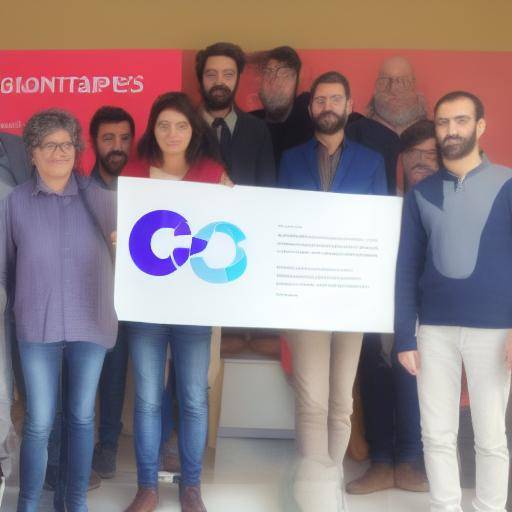
Introduction
Continuous improvement is a fundamental concept in personal and professional development, as it implies constant growth, adaptation and evolution. In this article, we will explore in depth the strategies for continuous improvement, focusing on their application in the personal sphere.
History and Background
The history of continuous improvement dates back to the early twentieth century, with the introduction of concepts such as "kaizen" in Japan and the application of quality techniques in industry. The philosophy of continuous improvement spread globally, transforming the way organizations perceive efficiency and effectiveness.
Continuous improvement has experienced significant evolution, from its roots in industrial production to its application in various fields, including project management, creativity and problem solving. At present, it is seen as a mentality and approach that seeks constant excellence, innovation and adaptation to change.
An important milestone in the history of continuous improvement was the implementation of quality management systems, such as ISO 9001, which established clear guidelines for continuous improvement in organizations. These standards became a reference for the implementation of quality management systems worldwide.
Detailed Analysis
Continuous improvement entails numerous benefits, both at personal and professional levels. In the personal sphere, it promotes the development of skills, self-improvement and achievement of individual goals. At the professional level, continuous improvement drives productivity, quality and innovation in organizations.
However, the effective implementation of continuous improvement also presents challenges. The resistance to change, the lack of resources and the absence of a learning culture are common obstacles to overcome. It is crucial to adopt specific strategies to address these challenges and to encourage commitment to continuous improvement.
Comprehensive review
Strategies for continuous improvement are varied and adapt to different contexts and needs. The application of quality management tools, such as the PDCA cycle (Plan, Make, Verify, Act), facilitates the identification of opportunities for improvement and the implementation of effective solutions.
It is essential to consider the people-centred approach in implementing strategies for continuous improvement. The active participation of all members of an organization, the promotion of collaboration and the promotion of a working environment that values feedback are key areas for significant progress.
Comparative analysis
By comparing continuous improvement with strategies in the personal field, we find similarities in the approach to growth and development. Both contexts require a constant commitment to evolution, adaptation to change and the search for excellence. The transfer of skills and approaches between the personal and professional sphere is essential to maximize the impact of continuous improvement strategies.
Practical Tips and Accessible Tips
To address the challenges of continuous improvement at the personal level, it is advisable to set clear goals, both in the short and long term, and develop a detailed action plan. The adoption of habits of continuous learning, the establishment of effective routines and constant reflection on achievements and challenges are practices that contribute significantly to personal growth.
Ideas and Information of Industry Experts
According to experts in managing change and personal development, the ability to adapt to uncertainty and learn from experiences is essential both at the personal and professional levels. The growth mentality, resilience and openness to new opportunities are fundamental pillars of continuous improvement.
Case Studies and Real Life Applications
Successful cases of continuous improvement at the personal level may include personal overcoming stories, advances in professional skills and achievements in achieving personal goals. Examples of continuous improvement in the professional field can also show improvements in operational efficiency, product quality or service, and the development of human talent.
Future Trends and Predictions
The future of continuous improvement points to a more holistic approach that integrates technological, emotional and cognitive aspects. The application of artificial intelligence, the development of custom learning platforms and the emphasis on emotional management are trends that promise to transform the way we design continuous improvement in the future.
Conclusion
In conclusion, continuous improvement is a dynamic and integral process that permeates both the personal and the professional sphere. The adoption of effective strategies for continuous improvement drives growth, development and excellence in all facets of life. By adopting a continuous learning mentality, the development of adaptation capacity and the constant search for best practices, we can maximize our potential and achieve new levels of success and satisfaction.
Frequently asked questions
How can I apply continuous improvement in my daily life?
Continuous improvement in daily life is achieved through the establishment of clear goals, the identification of opportunity areas and the adoption of a proactive approach to learning and growth.
What is the role of feedback in continuous improvement?
Feedback plays a key role in continuous improvement, as it provides valuable information to identify areas of improvement and guide personal and professional development.
What are the main barriers to effective implementation of continuous improvement?
The main barriers often include resistance to change, lack of resources and lack of a culture of learning in the working or personal environment.
How can I encourage collaboration and commitment to continuous improvement in a work team?
Collaboration and commitment to continuous improvement can be fostered by promoting a trust environment, assessing the diversity of perspectives and including all team members in the improvement process.
What role does long-term planning play in continuous improvement?
Long-term planning is essential to establish a clear vision of objectives to achieve and design effective strategies for continuous long-term improvement.
How can I maintain motivation and momentum during the continuous improvement process?
Maintaining motivation and momentum during the continuous improvement process is achieved through the holding of achievements, the focus on learning and the development of a growing mentality.
With the implementation of effective strategies, continuous improvement becomes a powerful catalyst for personal and professional growth and success. By adopting a proactive approach to constant learning, adaptation to change and quest for excellence, each individual can maximize their potential and reach new levels of realization.















